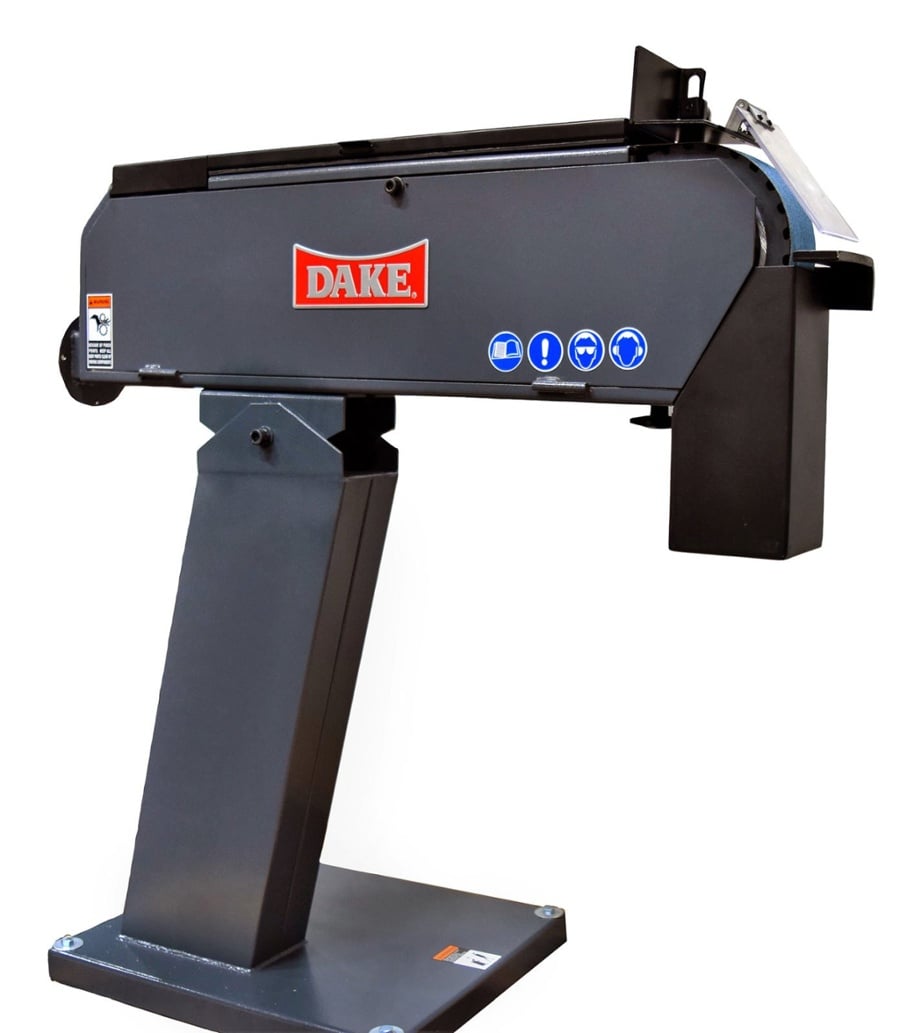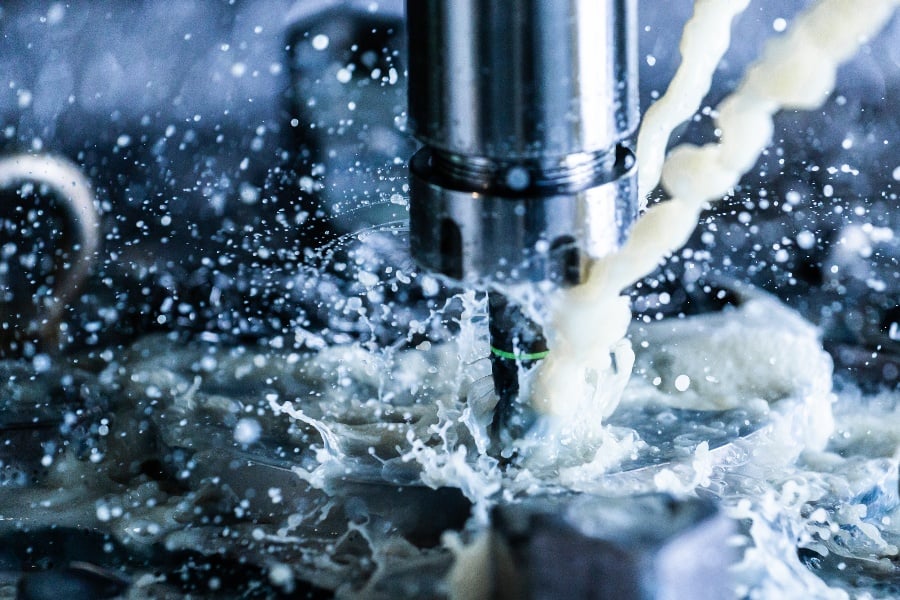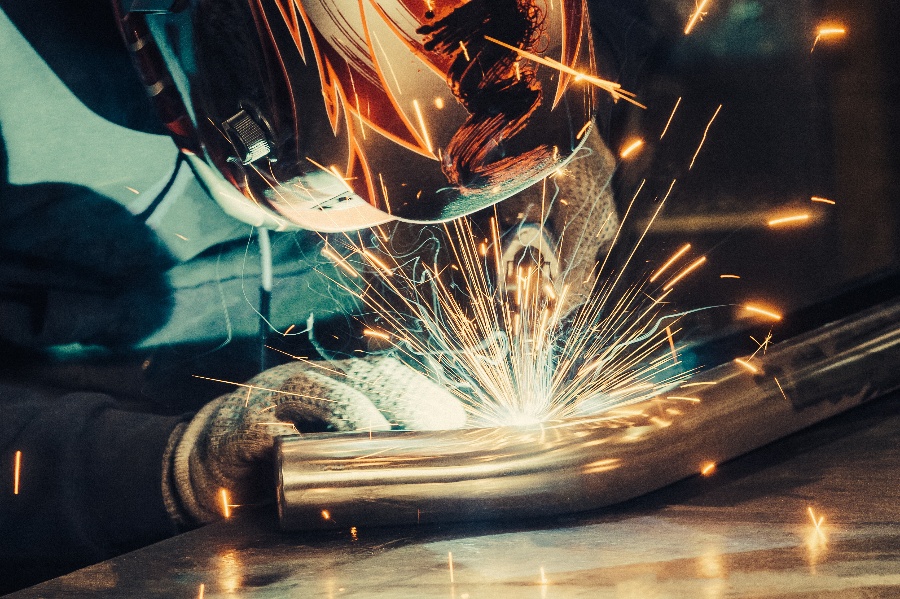Although some hobbyists and individual metalworkers have been able to keep their machines running for personal projects, in recent months many large-scale metalworking facilities have halted their production lines.
In the midst of a global health crisis, many factories sent their workers home and closed their doors temporarily. What happens to the metalworking machines when they aren’t used on a regular basis?
In this post, we will go over what you should do to preserve your metalworking machines, and how to handle fluids like coolant while these machines are in hibernation.
Taking Care of Fluids
No matter the reasons you have for shutting down your metalworking machines for a prolonged period of time, there is a process that you should follow to ensure that the machines can work properly when you open back up. We suggest making a checklist to follow before closing up shop. Fluids should be at the top of that list.
You have two choices when it comes to metalworking machine fluids. You can maintain them or you can dispose of them. Stopping production is the perfect opportunity to drain out any fluid and refill the machines with new coolant. Although you can monitor and maintain the fluids, we recommend changing them out completely.
Why? If the fluid is no longer in circulation, that means that it does not have a fresh supply of emulsion. If there is no emulsion, this can cause the machine’s parts to begin to succumb to corrosion.
It can also cause a bad odor and lead to emulsion splitting. Water-miscible fluids used in metalworking machines cannot be left alone for an extended period of time. They must be maintained or drained.
Therefore, if you are shutting down machine operation for whatever reason, you need to properly dispose of your current coolants, thoroughly clean your metalworking machines, and prep them for use in the near future.
Pro Tip: Oils used for lubrication in grinding or cutting operations do not need to be messed with. They will be fine on their own.
How to Tell If the Fluids Need to be Drained
If you have recently changed out the coolant inside your metalworking machines, you might be able to leave it alone for a short amount of time. However, you will need to come back to the workshop regularly to check on the state of the coolant.
A few factors that can help you determine whether or not the coolant needs to be drained include the following:
- How old the coolant is
- Current condition of the coolant
- How much coolant is inside
- Duration of the shutdown
- How many employees are available
If everyone has gone home and you have 25 machines to drain, it can be a difficult process to accomplish alone. However, if you work alone in your workshop or you have someone willing to help, you can manage to get your machine/s drained and cleaned out quickly.
Dake Machines Are Built to Last
It’s no secret that metalworking machines are tougher than most other machines. Typically built out of cast iron, these sturdy tools can withstand prolonged neglect if necessary. However, that doesn’t mean that you shouldn’t bother taking the proper precautions and maintenance care before shutting down operations.
One thing you can do is cover the machines with large sheets or tarps to protect them from dirt and dust buildup. If you’re only shutting down for a week or so, this might not be a top priority on the list. However if the production line is expected to shut down for several months, then it’s a step you need to take to ensure that your machines work properly once you get back.
Dust and dirt can sprinkle into the joints of the machines and buildup quickly inside. While you can always clean the dust or dirt buildup out once you get back to the shop, it’s easier to avoid the buildup altogether.
Pro Tip: If you forget to cover the machine and they are hard to operate when you open the shop again, you can use compressed air to blow out the dust and dirt built up from inside the joints. Once you’ve finished cleaning the metalworking machine thoroughly, you should add some lubricating oil to get the parts moving more efficiently.
Repairing Broken Parts
While our metalworking machines are built to last for generations, they are not immune to being damaged or broken. In the event that something happens to cause a piece on your machine to break while you’re gone, you can always get a replacement part for it here at Dake.
Since we build most of our machines right here at our facility, we can manufacture parts for new and old metalworking machines. That even includes vintage arbor presses.
If your grandfather passed down his old arbor press and it needs some TLC, get in touch with our experts. We may not have the part ready to ship immediately, but we can certainly make a replacement for you.
Getting Up and Running Again
Once you come back to your metalworking facility, your machines should be ready to rock-and-roll if you took care of them during the shutdown.
If you drained the coolant, thoroughly cleaned the machines, and left them covered by using something to protect them from dust or dirt buildup, then you won't have to do much to get them going again.
Simply pull off the covers, refill the coolant, and they should be ready to get up and running again. If you forgot to drain the coolant and you find corrosion has set in, there may be a way to treat it before it gets worse.
The quickest way to get rid of rust, depending on where the rust is and how severe the damage is) is to use baking soda or vinegar on the affected area.
Get in Touch
Want to learn more about our metalworking machines here at Dake? Get in touch with our team of experts for answers to all of your questions.
-1.jpg?width=1200&height=525&name=DAKE003_%20Logos_Red%20(002)-1.jpg)



